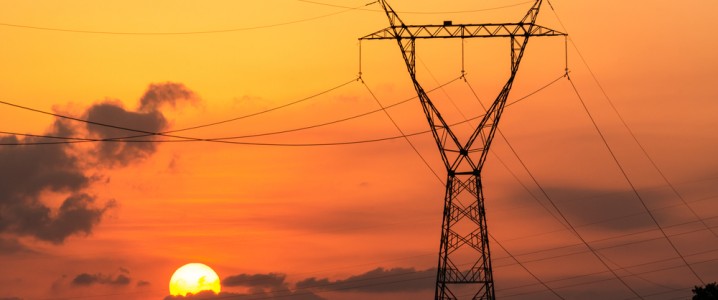81% of New Renewable Energy Capacity Added in 2023 Was Cheaper Than Fossil Fuels
September 24, 2024

Despite cost increases in recent years, renewables remain cost-competitive to fossil fuels as 81% of renewable capacity additions last year were cheaper than their fossil fuel alternatives, the International Renewable Energy Agency (IRENA) said in a new report on Tuesday.
Last year, a record 473 gigawatts (GW) of renewable capacity was added globally, of which 81% had lower costs than their fossil fuel-fired alternatives.
“With a spectacular decline in costs to around four US cents per kilowatt hour in just one year, solar PV’s global costs in 2023 were 56% lower than fossil fuel and nuclear options,” IRENA said in the report released at the Global Renewables Summit during the UN General Assembly in New York today.
“Prices for renewables are no excuse anymore, on the contrary. The record growth of renewables in 2023 exemplifies this,” said IRENA’s Director-General Francesco La Camera.
“Low-cost renewables represent a key incentive to significantly increase ambition and triple renewable power capacity by 2030, as modelled by IRENA and set by the UAE Consensus at COP28,” La Camera added.
At the COP28 climate summit in Dubai at the end of 2023, nearly 200 countries made a collective pledge to triple global renewable capacity by 2030, aiming to keep within reach the Paris Agreement target of limiting global warming to 1.5 degrees Celsius. This pledge means that global renewables capacity needs to rise to 11.2 terawatts (TW) by 2030, up from about 4.2 TW now.
Also today, the International Energy Agency (IEA) said in a separate report that the goal to triple renewable energy capacity by the end of the decade is still within reach, but massive investments in power grids and energy storage will be needed.
“Without grids and storage, the tripling of renewables will not succeed,” said the agency, adding that more than 25 million kilometers of electricity grids will need to be built or upgraded by 2030, and global energy storage capacity needs to grow to 1,500 GW by 2030. Of this, 1,200 GW needs to be battery storage – a nearly 15-fold increase compared to current levels.
By Tsvetana Paraskova for Oilprice.com
More Top Reads From Oilprice.com

Tsvetana Paraskova
Tsvetana is a writer for Oilprice.com with over a decade of experience writing for news outlets such as iNVEZZ and SeeNews.
Search
RECENT PRESS RELEASES
Related Post



